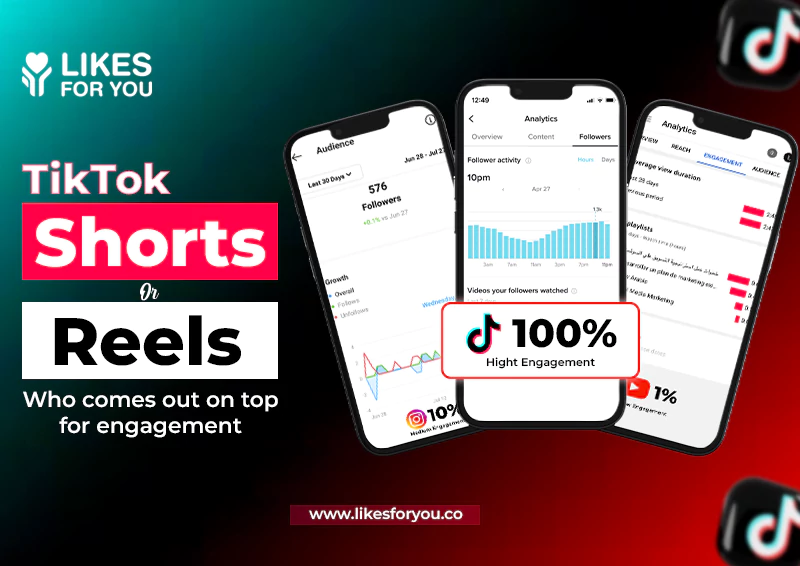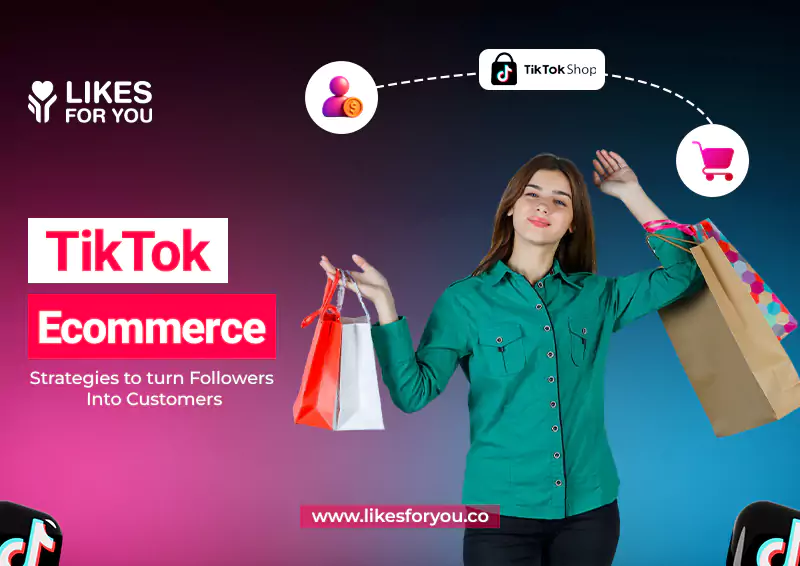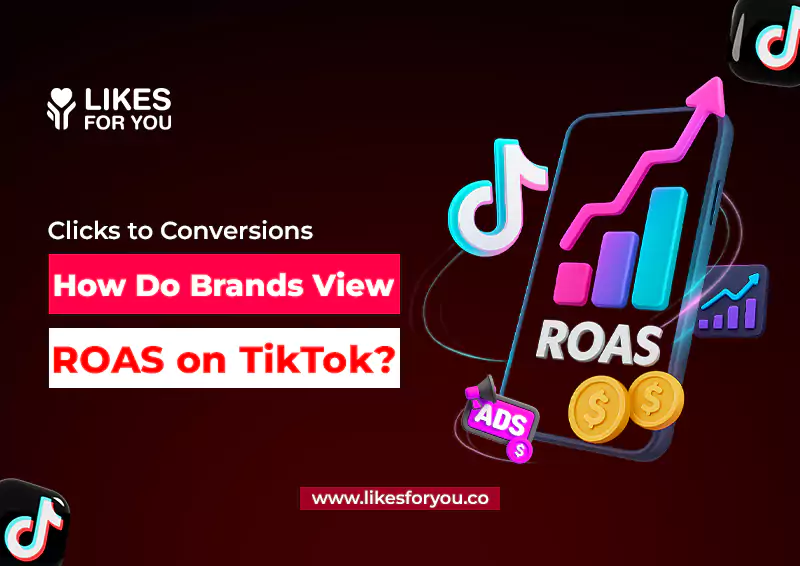
Social media users are far more hooked on reels and shorts than on long videos. But not all apps are the same. TikTok, YouTube, and Instagram have long battled to dominate the short-video space.
At first glance, these platforms look alike to users. But for marketers, choosing one is not that simple. To reach the right audience, it’s important to understand the differences between them. TikTok, YouTube, and Instagram have their own strengths and weaknesses depending on your campaign goals.
In this guide, we’ll walk you through the ins and outs of Instagram Reels and YouTube, and TikTok videos. Let’s dive in!
On August 5, 2020, Meta announced Instagram Reels, a new short-video feature built to compete with TikTok. Reels range from 3 seconds to 3 minutes and allow users to add music, sounds, and filters. According to research, people spend an average of 38 minutes daily watching reels, making them a powerful tool for businesses and creators to connect with their audiences.
TikTok, on the other hand, launched in 2016 with short 15-second videos. Over time, the limit of TikTok videos ranges from 3 seconds to 10 minutes. It is a fun, engaging, and addictive platform, and according to reports, users spend an average of 61 minutes daily on the app and show an impressive engagement rate. This makes it a high-potential platform for promotions and sales growth.
YouTube Shorts launched in 2021 worldwide and are limited to 60 seconds only. Creators and viewers both enjoy the quick storytelling. It is easier to drive traffic to long-form YouTube videos by creating shorts. Viewers spend about 45 minutes daily on Shorts, and YouTube’s massive searchability makes them evergreen content.
Many people assume TikTok and Instagram are the same, but they’re not. The details matter, especially when you’re trying to achieve marketing goals. If brands use the same strategy for both, the results often fall short. Below are ten key differences you should know.
TikTok is primarily a short-video platform—known for trends, challenges, duets and stitches. It thrives on humour, creativity, and viral moments.
Instagram, on the other hand, is a multi-format platform. Reels are just one feature among stories, highlights, carousels, and photo posts. To boost engagement on Instagram, brands need a mix of content types, not just reels.
YouTube Shorts is more discovery-focused, where users enjoy the fast-paced content. The real strength lies in connecting short clips with long-form videos. YouTube offers creators monetisation opportunities. They can earn through ads, subscriptions, and build a loyal community
TikTok allows videos up to 15 minutes, giving creators more freedom. This makes it ideal for ads and longer campaigns. Instagram Reels are limited to 90 seconds, better suited for quick updates, behind-the-scenes content, and short storytelling.
As we discussed earlier, YouTube Shorts are up to 60 seconds long. The duration is shorter than TikTok & Instagram reels.
TikTok is trend-driven, where challenges and viral sounds are dominating. To succeed, brands must embrace popular formats and engage with what’s trending.
Instagram Reels, while often mirroring TikTok trends, fit into a broader Instagram ecosystem. Growth on Instagram depends on balancing reels with photos, carousels, and stories to keep the algorithm engaged.
YouTube Shorts content is often educational, tutorial-based, or highlights from podcasts, etc. Shorts are not trend-based here, while creators post shorts on trending topics to gain more views.
TikTok viewers enjoy the modern built-in editing tools like filters, effects, text overlays, and trending audio. The app is perfect for solo creators and small brands who want to create and edit directly in-app.
On the other hand, Instagram offers editing tools like timers, filters, and effects, but they’re more limited. Many businesses use external editing software before uploading to maintain brand consistency. Consistency is especially important on Instagram, as a strong theme helps signal positively to the algorithm and improves engagement tracking.
YouTube Shorts editing can be basic to complex, depending on the niche. Some creators use built-in apps to add music, captions, and trim, while others use other paid and unpaid tools to make the video more engaging and user-friendly.
TikTok is dominated by Gen Z (ages 15–34). Instagram, while also popular with Gen Z, has a stronger millennial presence. The content strategy depends on who you want to reach. For example, if your brand is all about sports-related products, TikTok is the best option, because all young people spend time on TikTok
If your product is related to ladies' fashion, Instagram would be the right pick. The sales pitch on both platforms also remains different. The TikTok audience does not like too salesy videos because they intend to watch fun, humour, dances, controversies, competitions, etc.
YouTube Shorts is suitable for Gen Z to Gen X. It’s ideal for educational, product-focused, or evergreen content. First, analyse possible buyers, create their persona, and decide which platform they mostly use. The second step is to start strengthening your online presence on that platform.
The algorithm of each one of the apps acts as a brain that is very smart and knows what users like and dislike. TikTok shows videos you like on the “For You” page. Even new creators with zero followers can become stars overnight. Instagram Reels shows videos in your feed, Stories, and Explore tab, and its algorithm starts showing Reels based on previous preferences.
The algorithm plays a key role because it pushes the videos to the right audience. When we compare AI-based engines of both mediums, TikTok’s system slightly wins because it’s more beginner-friendly.
YouTube Shorts' recommendation engine is very powerful, where Shorts not only appear in the Shorts feed but also in search results and recommended sections. This gives the YouTube Shorts long-term discoverability over TikTok or Reels.
Ads are creative messages that show people how a product or service can solve their problems. Advertisements are super fun videos on TikTok and are made according to the youngsters' mindset. Whereas, on Instagram, they can be videos, pictures, or stories that users see while scrolling.
YouTube Shorts ads are more precise and performance-driven. They are well-integrated within YouTube’s ecosystem. There are many purposes of paid ads, the main one is to raise brand awareness and double the sales. That is why they should be designed according to the app's audience.
Analytics show us how content is performing. On TikTok, creators can see how many people watched, liked, or followed them, while Instagram analytics show how many people liked, shared, and saved videos. Both channels display data differently, and some newbies get confused because it seems a bit tricky to analyze the data.
Many paid tools have solved this problem and present numbers in one place. Analytics reveal the bigger picture of content performance and help businesses improve their strategy. If we talk about YouTube analytics, creators can check watch time, retention, traffic sources, and CTR in YouTube Studio, which gives a complete understanding of channel stats.
TikTok is on top when it comes to engagement on videos, showing 2.88% to 7.50% or more, which is higher compared to IG. People are also fond of reels, but it comes after TikTok; the IG engagement rate is between 1.9% to 2.4%. This means there are higher chances of increasing followers on TikTok.
When it comes to conversion rate (turning viewers into customers or followers), TikTok also leads. TikTok's average conversion rate for ads is generally around 3.4% to 5.17%, though this can vary from 0.5% to 5% depending on the industry, ad quality, and audience engagement.
IG Reels are also very effective in generating leads as their shopping features and ad system are very strong. Depending on multiple factors the reported conversion rate through IG reels are between 1% and 10%.
YouTube Shorts exhibit a lower engagement rate but higher conversion potential compared to TikTok & Instagram. According to reports, there is no fixed conversion rate for YouTube Shorts because it varies significantly by campaign goal and strategy. Shorts can drive traffic to other long-form videos. Creators can earn through affiliate marketing and gain benefits from prescriptions, resulting in increased ROI.
A common person sees these platforms as a source of entertainment, but for marketers, they are a marketplace, and knowing the watch time can help them in content planning.
According to reports, there is no fixed data that shows the exact watch time, but in 2023, Instagram had more user watch time, which means people stayed longer on reels and caused engagement.
In 2024, TikTok beat IG and took the spot. This means if you post content on it, it is more likely to get more views. YouTube Shorts watch time is growing, and it's around 45 minutes daily.
|
Feature |
TikTok Videos |
Instagram Reels |
YouTube Shorts |
|
Monetization |
Creator |
Sponsored |
Revenue |
|
Audio |
Viral |
Limited |
Library |
|
Discoverability |
Algorithm |
Explore |
Search+ Algorithm |
|
Editing |
Advanced |
Basic |
Basic |
|
Longevity |
Short-lived |
Medium |
Evergreen |
Instagram ranks in 3rd position with 2 billion MAUs worldwide, but TikTok is still the front-runner when it comes to engagement, especially among Gen-Z, who love trends and challenges. IG reels are a strong runner-up and beat YouTube Shorts.
YouTube Shorts may not have the same viral power as TikTok, but it wins in long-term value and offers monetisation features. Ultimately, the “best” platform depends on your brand goals and audience. First, they have to set clear, realistic goals. The selection of medium depends on the purpose of online existence.

Inez Nevaeh
Inez Nevaeh is an author with a passion for social media growth. She specializes in creating engaging content and expert guides for social media success. Skilled in translating complex algorithms into actionable strategies, building striking online presences, and empowering creators to thrive. Inspired by a mission to make social growth accessible and easy.

TikTok has experienced immense growth in recent years. What started as a platform for dance challeng...

Have you ever noticed how a single swipe on TikTok can sell out a product overnight? It’s not...